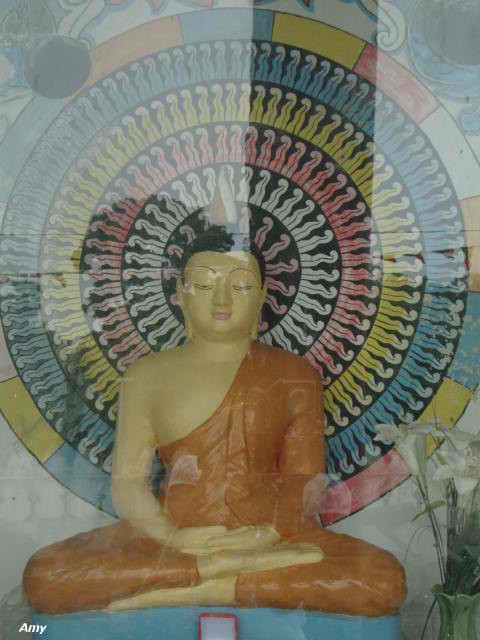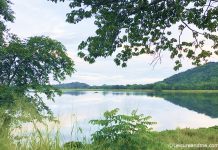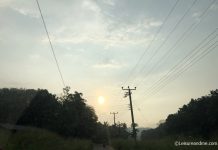After Arahat Mahinda introduced Buddhism during the reign of King Devanampiya Tissa (307-267 BC), in the Sri Lanka’s ancient sacred capital, Anuradhapura, the king built the Maha Vihara, a temple and residence for the monks, after dedicating the Nandana and Mahamega royal pleasure gardens to the Maha Sangha.
The earliest monument found in Sri Lanka is the ‘Stupa,’ which is described as a hemispherical dome surmounted with a spire (‘kotha’). During the time of Emperor Asoka, numerous ‘stupas’ were built at hallowed sites in India. In these were enshrined relics of the Buddha which people venerated. When it was observed that there were no Buddha relics in Sri Lanka, the king, on Arahat Mahinda’s suggestion, appealed to Emperor Asoka to send some relics. He responded to the king’s request and sent the right collarbone relic of the Buddha.
(From wikipedia)


















